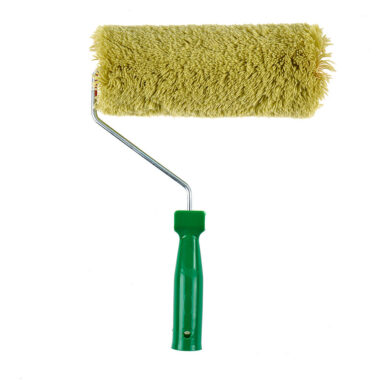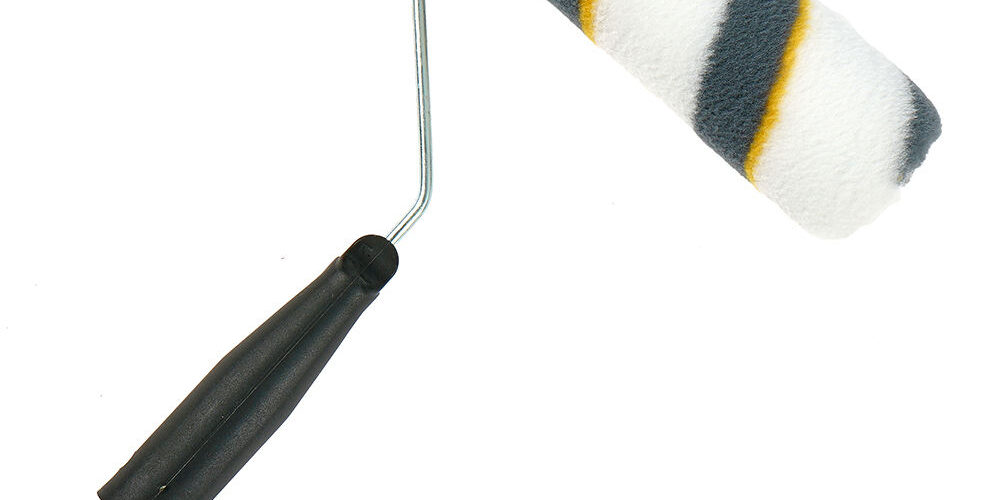🖌 Why Bristle Selection Matters
When buyers evaluate paint brushes for professional markets, bristle choice is one of the most critical factors. The wrong bristle type can lead to streaks, poor coverage, or premature wear. For distributors, contractors, and retailers, selecting the right bristles is not just about performance—it’s about long-term customer satisfaction and reducing product returns.
🌊 Synthetic Bristles for Water-Based Paints
-
Nylon & Polyester blends: These resist water absorption, making them ideal for acrylics and latex coatings.
-
Flagged tips: Provide smoother finishes by holding more paint and releasing evenly.
-
Durability: Synthetic bristles recover shape after repeated use, which lowers replacement costs.
For large-volume procurement, synthetic brushes remain the preferred option because they are cost-effective and consistent across batches.
🛢 Natural Bristles for Oil-Based Paints
-
Hog bristles: Traditionally used for alkyds, varnishes, and enamels because of their natural split ends that hold oil better.
-
Absorption & release: These brushes excel in laying down thick coats, ideal for wood finishing and protective coatings.
-
Limitation: They lose stiffness in water-based coatings, which is why careful buyer training is needed for mixed inventories.
Retailers often stock both natural and synthetic ranges to satisfy diverse contractor demand.
⚖ Blended Bristles: The Middle Ground
Some manufacturers offer hybrid solutions that combine natural and synthetic fibers. These provide versatility across coatings and reduce SKU complexity for buyers. Blended bristles are especially popular in DIY markets, where consumers need “one brush for all jobs.”
📊 Key Specifications to Request in RFQs
When drafting requests for quotation (RFQs), buyers should pay attention to:
-
Bristle length and taper
-
Flagging percentage for smooth finishes
-
Set depth (how deep bristles are embedded in epoxy)
-
Sourcing stability for bulk orders
By comparing these specs across suppliers, procurement teams can balance price against durability.
💡 Pro Tip for Distributors
For bulk buyers, it’s often strategic to align brush ranges with specific paint systems. For example:
-
Stock premium nylon/polyester lines where water-based coatings dominate.
-
Offer hog bristle models in markets with high demand for oil and varnish finishes.
This targeted approach maximizes sell-through rates and builds brand credibility.
🔗 Where to Source Reliable Brushes
Finding stable supply partners is as important as choosing the right bristle. Many distributors rely on a trusted Paint Brush Supplier to guarantee consistent quality across large orders.
For buyers who need tailored solutions—such as branded handles, packaging, or specific filament blends—partnering with a Paint brushes company ensures customization while maintaining production efficiency.
✅ Conclusion
Choosing the right bristle is more than a technical decision—it’s a procurement strategy. Synthetic bristles lead for water-based paints, natural hog bristles excel in oil-based systems, and blends provide flexibility. By aligning specifications with the right supplier, businesses can reduce risks, ensure painter satisfaction, and optimize cost-per-use.













